

Monstera is among the favorite plants chosen to decorate houses.
Monstera essential facts
Name: Monstera deliciosa
Common: Monstera, false philodendron
Family: Araceae
Type: indoor plant
Height: 3 to 10 feet (1 to 3 m)
Exposure: veiled light – Soil: soil mix – Foliage: evergreen
Care, repotting, watering and exposure, are items to focus your attention to make your monstera even nicer.
It brings joy to all with its high ornamental impact and unique foliage.
Follow our advice on caring for monstera below:
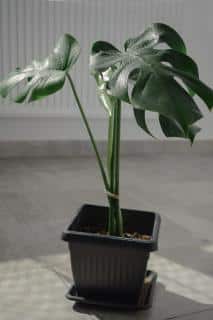
After that, every year or every 2 years and preferably preferably in spring, repot your monstera plant in a pot of a very slightly larger size.
If ever your monstera grows too tall, it’s perfectly possible to cut the head off; you can even use this part to produce a cutting.
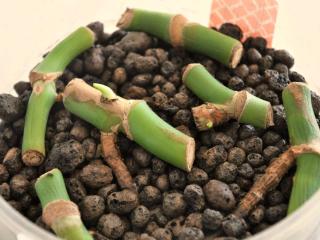
You can cut stem trimmings into short portions and rest these on a bed of hydroton. From leaf nodes, both roots and new leaves will sprout. It’s an excellent way to prepare cuttings from your favorite ones!
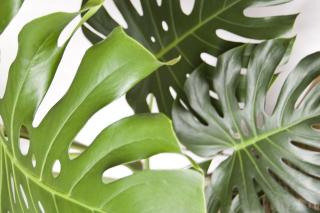
You can even set it away from any light source because Monstera manages indirect, reduced light well.
Regular but moderate watering is called for.
All year long, and especially during summer, spray water on the leaves to recreate the moisture levels of its natural habitat.
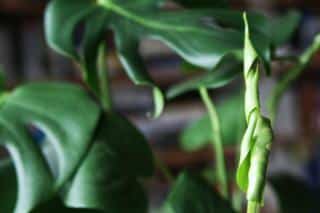
Keep the soil mix a bit moist and check that water drains properly.
Add leaf plant liquid fertilizer every 3 to 4 weeks during the growing phase.
From November to March, reduce watering and wait for the soil to be thoroughly dry in the surface before watering again.
Stop adding fertilizer.
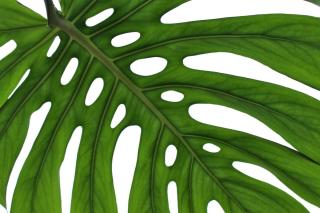
A fabulous indoor plant, Monstera is one of the most sold indoor plants, which shows how resilient and easy to care for it is.
Read also:
When a leaf is damaged or starts looking too old, gently tease it away from the stem and set it in a vase. After a few weeks, new roots will start appearing and a new plant will form!